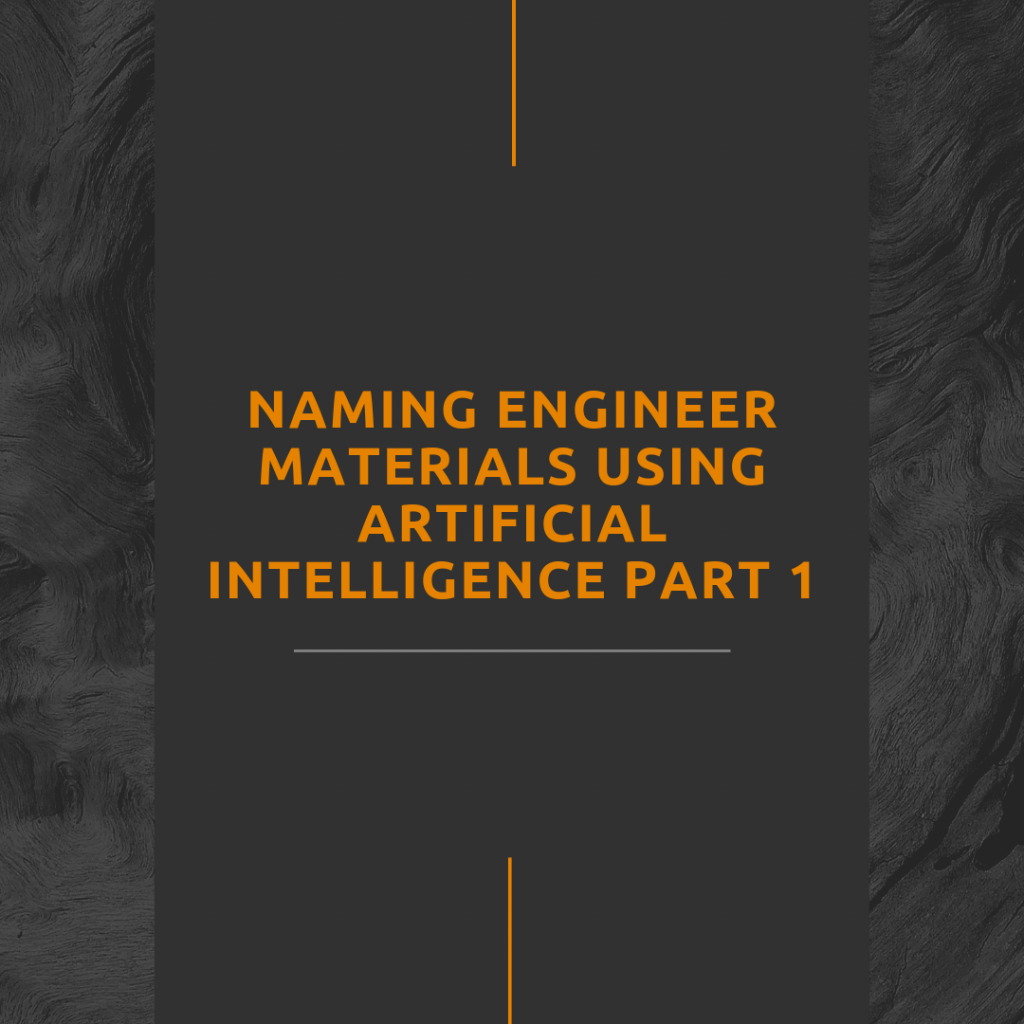

There is an instance where applying a little bit of stain to a semi-conductor piece or other crystalline material can bring deformity of the orderly management of atomic structure in it. This is enough to cause very different and dramatic changes in its properties and it can also affect the way it conducts electricity, transfer light, or transfer heat.
Today, a new team of researchers located in MIT, Russia, and Singapore has discovered ways on how to use artificial intelligence in determining and having control of the changes in the chemical framework and how it can possibly open up new ways of researching on advanced materials used for engineering works.
The recent research was done by Suresh, Dao, and Yang Lu, a former MIT postdoc now at the City University of Hong Kong, has shown that the diamond – the hardest and strongest material that is naturally found in nature – can also be elastically stretched as much as 9% without breaking it. It can only be done when it is in the form of nanometer-sized needs. The researchers showed that the nanoscale wires of silicon can also be stretched elastically by more than 15%. These said discoveries have a paved way of opening up new possible ways of exploring how devices can be made that can bring dramatic and possible changes in certain materials’ properties.
The other ways of changing the chemical structure of a material’s properties called chemical doping – which results in a permanent, static change on the material. However, strain engineering allows the changes to the properties on the fly. “Strain is something you can turn on and off dynamically,” Li said.
The possibility of potentials showed by the strain-engineered materials has been prevented by the wide range of different possibilities. Strain can be applied by using six different ways and in infinite gradations of a certain degree. This range is so full that it can show possibilities almost impractical to explore just by simply doing a trial and error. “It quickly grows to 100 million calculations if we want to map out the entire elastic strain space,” Li said. Strains can be also applied in three various dimensions and each of the dimension can result to strain in and out or sideways.
This is the reason why the researcher’s team novel application of different machine learning methods came in aid of this dilemma. This system of methodology gives a more systematic way of exploring different materials and giving in the appropriate amount of strain to get the ideal set of properties that are meant for specific purposes. This methodology is having a very high-accuracy method that can greatly lessen the complexity of the different calculations needed.
This new method can possibly give new ways and possibilities of creating materials that are being precisely tuned for electronic, optoelectronic, and photonic devices that can find use in different industrial purposes such as communication, information processing, and different energy applications.

